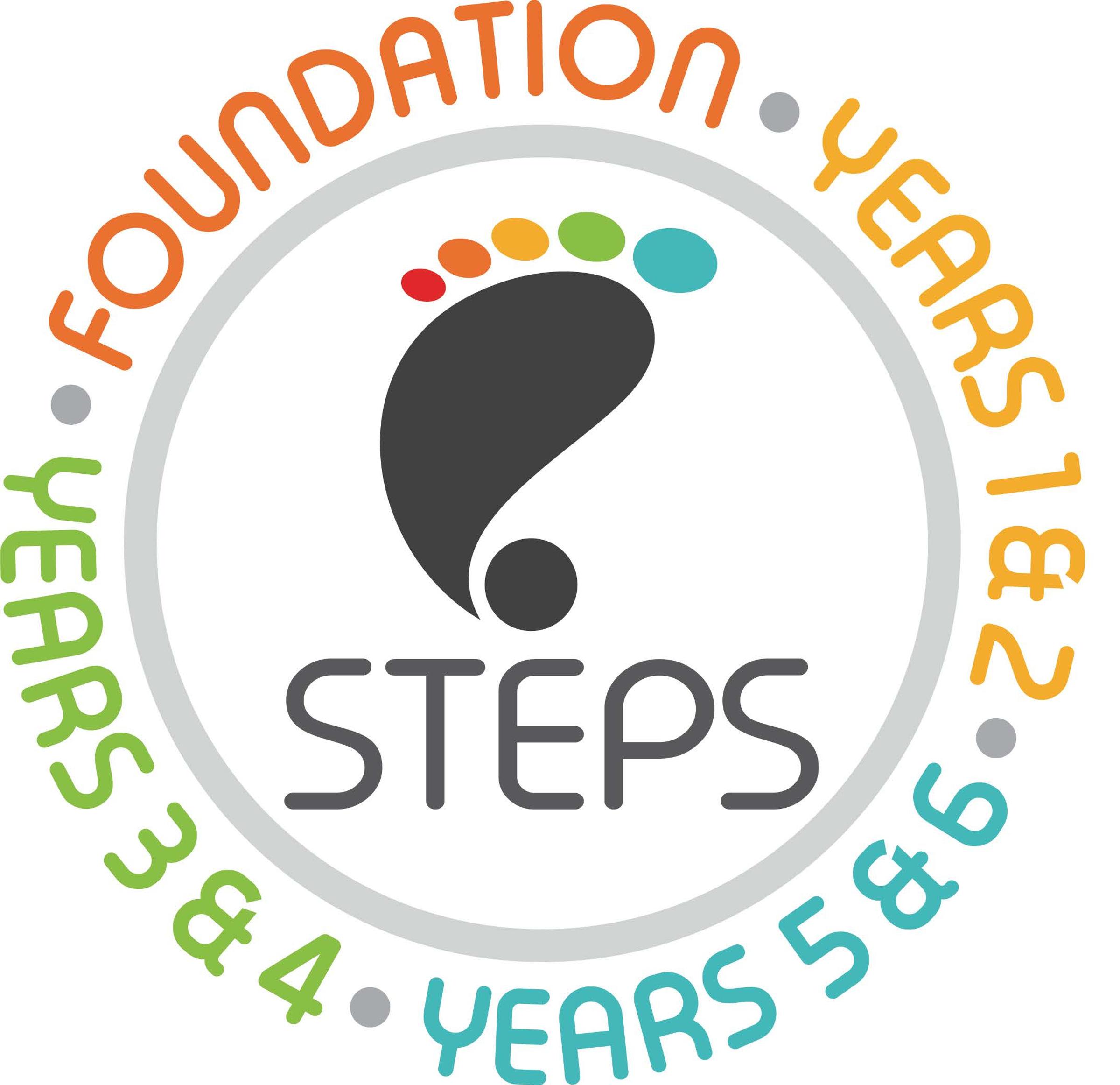BIG LIFE - Footsteps

Term 2 - Week 9 & 10
Footsteps Classroom Learning:
This fortnight we have been exploring the science of breathing. When we feel anxious, stressed, or overwhelmed, our brain’s amygdala (the part responsible for detecting danger) gets activated. This can lead to a fight, flight, or freeze response — even when we’re not in real danger. Breathing deeply and slowly tells our brain we're safe. It helps shift control back to the prefrontal cortex — our "thinking brain" — so we can respond calmly, not react out of fear or stress.
Why breathing works:
* Deep breathing increases oxygen flow, helping our body relax
*It slows our heart rate and lowers stress hormones like cortisol
* It gives kids (and adults) a simple, accessible way to pause and reset
How parents can support this at home:
* Model calm breathing yourself during tricky moments
* Practice short breathing exercises with your child daily (like before bed or after school)
* Use fun techniques like:
"Smell the flower, blow out the candle"
Bubble breathing (pretend to blow bubbles slowly and gently)
Belly breathing with a soft toy or light object on their stomach
* Create a "calm corner" at home with breathing visuals, sensory tools, or a quiet space.
With regular practice, breathing becomes a powerful self-regulation tool for your child to manage anxiety, focus their mind, and feel more in control.
Welcome to Big Life - Footsteps
We are excited to be working with A Big Life implementing their Footsteps Program across all year levels in our school. The Program has been developed and informed by evidence and in collaboration with students, teachers, and parents of our local Warrnambool & District Schools, to ensure that it meets the needs of young people in our local context. The program also aims to lean into our schools’ current strengths and the great work that is already happening. The Footsteps Program is supported by Warrnambool Student Wellbeing Association, Fletcher Jones Foundation, La Trobe University, and the Department of Education.
The Footsteps Program provides classroom lessons and teacher professional development, to support students to build the skills and capacity to navigate life’s ups and downs and safeguard their mental health. Each fortnight students participate in a new Footsteps lesson and parents can access these resources through the Parent Website. https://sites.google.com/education.vic.gov.au/biglifefootstepsparentaccess/about-footsteps
We encourage parents to extend and support this learning and conversation at home.
In the classroom we are exploring what causes us to feel different zones.
Emotions can sometimes feel like a mystery, but when children understand why they feel a certain way, they are better able to manage challenges and make positive choices.
At school, we use the Zones of Regulation to help students recognize their emotions and what causes them. By identifying what triggers different emotions—like frustration when a task is difficult (Yellow Zone) or ‘optimistic’/’eager’ when something fun is planned (Green Zone)—students can understand their reactions and feel more in control.
Knowing the cause of their emotions also helps children communicate their feelings more clearly. If they realize they’re feeling tired and unfocused (Blue Zone), they can express that they need a break. If they recognize they are overwhelmed (Red Zone), they can begin to step back rather than react impulsively.
By developing this self-awareness, students build confidence in managing their emotions, strengthening relationships, and staying engaged in learning.
